Image Credit: Microtherm
Image Credit: Microtherm A sampling of vacuum insulation panels from Nanopore.
Image Credit: Nanopore Dow Corning's new vacuum insulation panel is encased in mineral wool to protect it. The company looks to incorporate this product into commercial building facades.
Image Credit: Dow Corning
I’ve recently worked on revising the BuildingGreen Guide to Insulation Products and Practices (available as part of a webcast), so I’ve been steeped in all sort of insulation materials, including some oddball products. One of those is vacuum insulation — the principle of a Thermos bottle.
In theory, vacuum insulation is a great idea. To understand why, it helps to know a bit about heat flow.
How a vacuum slows down heat transfer
There are three modes of heat transfer: conduction, convection, and radiation, and if we remove most of the air molecules from a space — as occurs when we draw a vacuum — we largely eliminate the first two of those heat transfer mechanisms.
Conduction is the flow of heat from molecule to molecule. It’s the reason a cast-iron skillet handle heats up. But thermal conduction also occurs across a layer of air, as kinetic is transferred from one air molecule to the one next to it. If we remove most of those air molecules by creating a vacuum, there will far less conductive heat flow.
Convection is the transfer of heat by moving molecules from one place to another. Warm air rises, and these convection currents carry heat — for example, this is the primary means that heat is delivered to a room from baseboard convectors (often called radiators). In a vacuum there are far fewer air molecules, so convection of heat nearly stops.
Only radiant heat flow occurs to a significant extent in a vacuum, because radiation is not dependent on air molecules. That’s why low-emissivity surfaces are so important in vacuum panels. The Stanley Thermos bottle has a very shiny, low-emissivity (low-e), inner surface that helps to control radiant heat transfer; the same sort of low-e surface is included in various vacuum insulation panels.
The net result is that an inch-thick vacuum insulation panel can provide a center-of-panel insulating value of R-25 or even more — compared with R-6 to R-7 for standard rigid foam insulation.
The “hardness” of a vacuum
The key property of a vacuum is its pressure, or how “hard” it is. We often measure that with Torr units. One Torr is exactly 1/760th of a standard atmosphere (1.3 x 10-3 atm), or approximately 1 mm of mercury. With a very hard vacuum, more of the air molecules are sucked out, resulting a greater negative pressure. The walls of a typical Stanley Thermos bottle contain a relatively hard vacuum of 10-6 Torr. With such a hard vacuum, that Thermos bottle can keep coffee hot all day. By comparison, the vacuum in a flat vacuum insulation panel is typically no more than 1/1000th as strong (10-3 Torr).
The harder the vacuum, the more difficult it is to maintain it. Thermos bottles are made with a cylindrical design for optimal strength. With flat panels, it’s very hard to achieve comparable strength and maintain such a hard vacuum, particularly at the edges.
Using a vacuum to insulate more than our coffee
If a vacuum works so well to keep our coffee hot all day, why not use one to insulate our houses? Vacuum insulation panels have been used to insulate some high-tech demonstration homes, such as entrants in the Solar Decathlon student design competition in recent years, but high cost makes them impractical for real buildings.
There’s also the problem that puncturing that vacuum insulation panel will significantly reduce its insulating performance. (I can imagine how bummed one would be after spending thousands to insulate a home with vacuum insulation panels and then hearing a hiss while hanging a painting!)
However, these vacuum insulation panels (sometimes called VIPs) could make a great deal of sense in certain value-added products like refrigerators, freezers, water heaters, and entry doors. Whirlpool actually used a VIP that Owens Corning produced for a while (the Aura panel) in a high-efficiency refrigerator in the mid-1990s, but then dropped both the refrigerator and the use of VIPs.
But I believe the benefits of R-25 or more in a one-inch-thick panel are significant enough — especially as we try to get more usable volume in refrigerators without growing the exterior dimensions — to warrant the embrace of vacuum insulation. These could also be a great solution for exterior doors that are notoriously poorly insulated — as I’ve written about in this blog.
There are at least a half-dozen manufacturers of vacuum insulation panels today. Most, including Microtherm and Nanopore, produce panels that have a rigid, porous substrate surrounded by an impermeable metal skin.
A new VIP on the market
The latest VIP to come along is made by Dow Corning (no relation to Owens Corning). This panel, not yet widely available, is one inch thick and has a center-of-panel insulating value of R-39 and a “unit R-value” (accounting for the edges) of R-30, according to the company.
The Dow Corning product has a core made of fumed silica cake, a remarkable “microporous” material that provides R-8 per inch even without a vacuum. This material allows a very high insulating value even with a softer vacuum. The core is reinforced with silicon carbide and polyester fibers for structural support, and it is encased in an inner layer of polyethylene and an outer layer of polyethylene, polyester, and aluminum. The panels are vacuum-sealed, and the edges are heat-sealed.
According to an Environmental Building News article, these Dow Corning panels should cost $10-12 per square foot. At that cost, I believe VIPs can be very practical for those appliance and exterior door applications noted above.
Alex is founder of BuildingGreen, Inc. and executive editor of Environmental Building News. In 2012 he founded the Resilient Design Institute. To keep up with Alex’s latest articles and musings, you can sign up for his Twitter feed.
Weekly Newsletter
Get building science and energy efficiency advice, plus special offers, in your inbox.

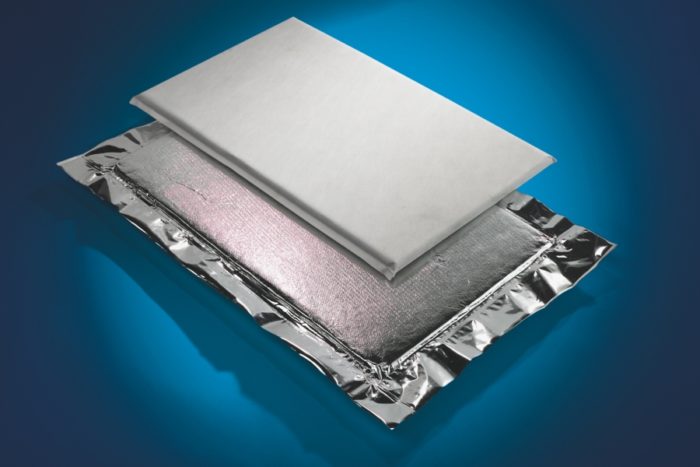




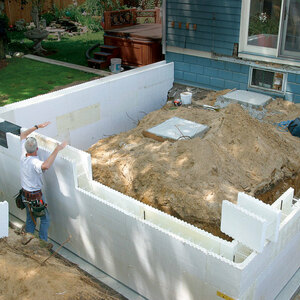
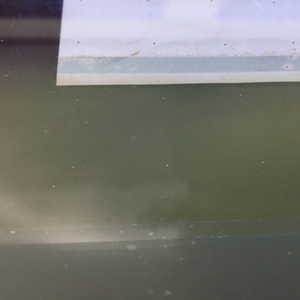
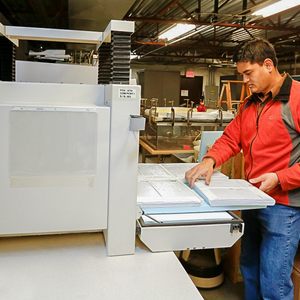
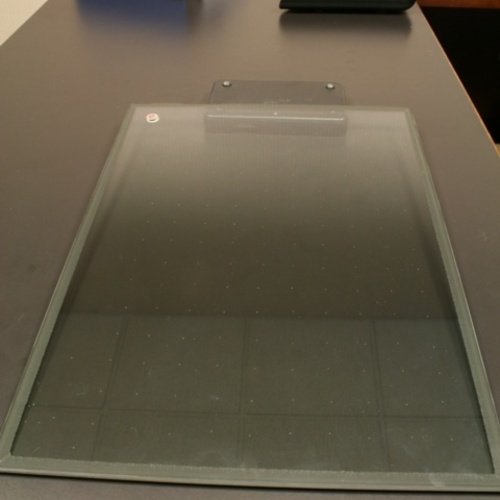






6 Comments
Vacuum insulation panels are too fragile for job sites
Alex,
Thanks for this update on VIPs.
In November 2006, I reported in Energy Design Update on the use of vacuum insulated panels on a job site in Minnesota -- the Waldsee Biohaus, which was the first certified Passivhaus building in the U.S. Here's what I wrote:
"VIP technology is not particularly new; engineers have been experimenting with vacuum-insulated panels for years (see EDU, January 1994 and February 1996). Although some experts have predicted that VIPs will soon be used in refrigerators or buildings, their widespread adoption has been limited by their high cost.
"Since the Waldsee BioHaus is a demonstration project and an environmental learning center, the project sponsors were willing to go out on a limb to test a few innovative products, including VIPs. The architect specified Vacupor VIPs manufactured in Germany by Porextherm. Each 2-inch-thick panel measures 22 ½ inches by 46 ½ inches; according to the manufacturer, the panels have an R-value of 60 (R-30 per inch).
"Each Porextherm panel is a rectangular aluminum bag filled with fibrous material mixed with fumed silica. As part of the manufacturing process, the bag is evacuated and sealed. “The aluminum is very thin, just like the aluminum foil you use for barbecuing chicken,” says Pearson, who installed the Vacupor panels above the plywood roof sheathing. “It feels like Thermax foam -- a little bit spongy when you squeeze it. But we didn’t want to squeeze them too hard. The durability of the panels is still one of my concerns. If it’s ever done again, I think there should be some type of housewrap or foam installed underneath the panels to protect them, rather than installing them up against the plywood and the splinters.”
"Since the panels become worthless once they lose their vacuum, they had to be handled carefully; even a pinprick can ruin a panel. “Installing the vacuum insulation panels was challenging,” said Dehler-Seter. “Every time they were moved or scratched we had to worry about losses. In the end, about eight or nine panels lost their vacuum. The panels are guaranteed for 35 years as long as there is no mechanical puncturing. It is still a very tricky building component, and we don’t recommend people start using them just now.” "
Radiant bariers
You can’t touch emissivity! A surface is only emissive if nothing is in contact with the face, otherwise it’s called conduction.
When I took the level I IR course with Snell’s Greg McIntosh he brought in a new frying pan and heated it up enough to fry an egg instantly. The aluminum pan had a flat black coating on the cooking surface (high emissivity) and shiny new metal (low emissivity) on the outside.
In this brilliant demonstration of the difference between high and low emissivity, Mr. McIntosh would hold up the frying pan so the students could feel the difference in radiant heat coming off the frying pan on either side. I was stunned how well science predicted which surface would throw off more heat. But the salient point is that though the emissivity was polar opposite on each face of the frying pan all bets were off if you physically touched the pan with your finger; the burn severity would be equal on either surface.
All this to say I suspect that if we use VIPs in building assemblies and place other panels against them, the benefits of the low emissivity surface is all for naught ie might as well paint them with flat black stove paint!
Radiant Barriers - reply to Greg L.
The insulating ability of a VIP is independant of whether it 'sees' an air space or whether it's sandwiched between foam.
The VIPs i've seen are encapsulated in aluminized mylar. These VIPs have a mylar outer surface, so there is no exterior low-e surface that could benefit from being 'air-gapped'.
Put another way, an air gap next to a typical aluminized mylar VIP would provide the same benefit as an air gap in any other assembly.
Stephen Thwaites
Thermotech Fiberglass Fenestration
Reply to Stephen Thwaites
Stephen,
Is your comment disputing Alex Wilson's claim that "low-emissivity surfaces are so important in vacuum panels" and/or that low-e surfaces might effect R-value if an air space/film is adjacent the surface in question?
I realise I'm splitting hairs here on performance (R-value). I took Mr. Wilson's claim at face value and couldn't understand why VIP manufacturers would go through the expense of a low-e surface if they just bury the panels in the wall without air films. Could it be cheaper to bag them in an equivalently airtight membrane or is it that the best skin just so happens to be a low-e surface?
For the sake of conversation, the benefit of a low-e coating using data from the CMHC and NRC study on exaggerated bubble foil claims*, might add R1 per surface with and air film. That's nearly a 10% increase in R-value on that first inch of VIP, not to mention the seasonal benefits of a reflective or low-e coating.
Greg Labbe
BlueGreen Group
*http://www.healthyheating.com/Page%2055/Page_55_10_bldg_sys.htm
Reply to Greg L.
Greg, thanks for making me think about this.
You were right when you said the emissivity is a surface property.
In a vacuum thermos there is only space, no solid material, between the evacuated surfaces. The concentric surfaces are strong enough that they don't need an intermediate material to keep them separated when evacuated. So in this case there is big a benefit to putting a low-e coating on one or even both of the surfaces.
Most flat VIPs have flimsy (usually aluminized mylar) surfaces. They need solid cores to keep them separated when evacuated. So with flat VIPs there is usually little, if any, benefit to having a low-e surface facing a powder, fiberglass or foam core. The role of the aluminized mylar or other barrier material is to slow the diffusion of air into the VIP as much as possible; maintaining as much vacuum as possible, for as long as possible.
To my knowledge VIP insulating values are measured in a guarded hot plate apparatus - so reported insulating values would not incorporate the effects of air films.
If a VIP had a exterior facing low-e surface(s) there would be, as you suggest, some extra insulating value to an assembly that included an air space on 1 or both sides of the VIP.
I'll make a WAG that this isn't done because VIPs are already hightly insulating (R-30/in to R-50/in depending on a variety of factors) and because they are so hard to install without thermal bridges radically decreasing their insulating value, that the extra benefit of air gapping an exterior low-e surface (or two) is, at this point, 'a bridge too far'.
Hope that makes sense.
Stephen Thwaites
Thermotech Fiberglass Fenestration
Low-e and vacuum insulation
I was referring to a low-e coating facing the vacuum, and I realize that I was projecting the benefit of low-e in vacuum glazing (and Thermos bottles) to vacuum insulation panels. When you need a relatively "solid" core material to physically contain the vacuum, the benefit of a low-e surface would be reduced. Thanks for the clarifications. Low-e is critically important to the performance of vacuum glazing panels for windows, but is less relevant to vacuum insulation panels.
Log in or create an account to post a comment.
Sign up Log in